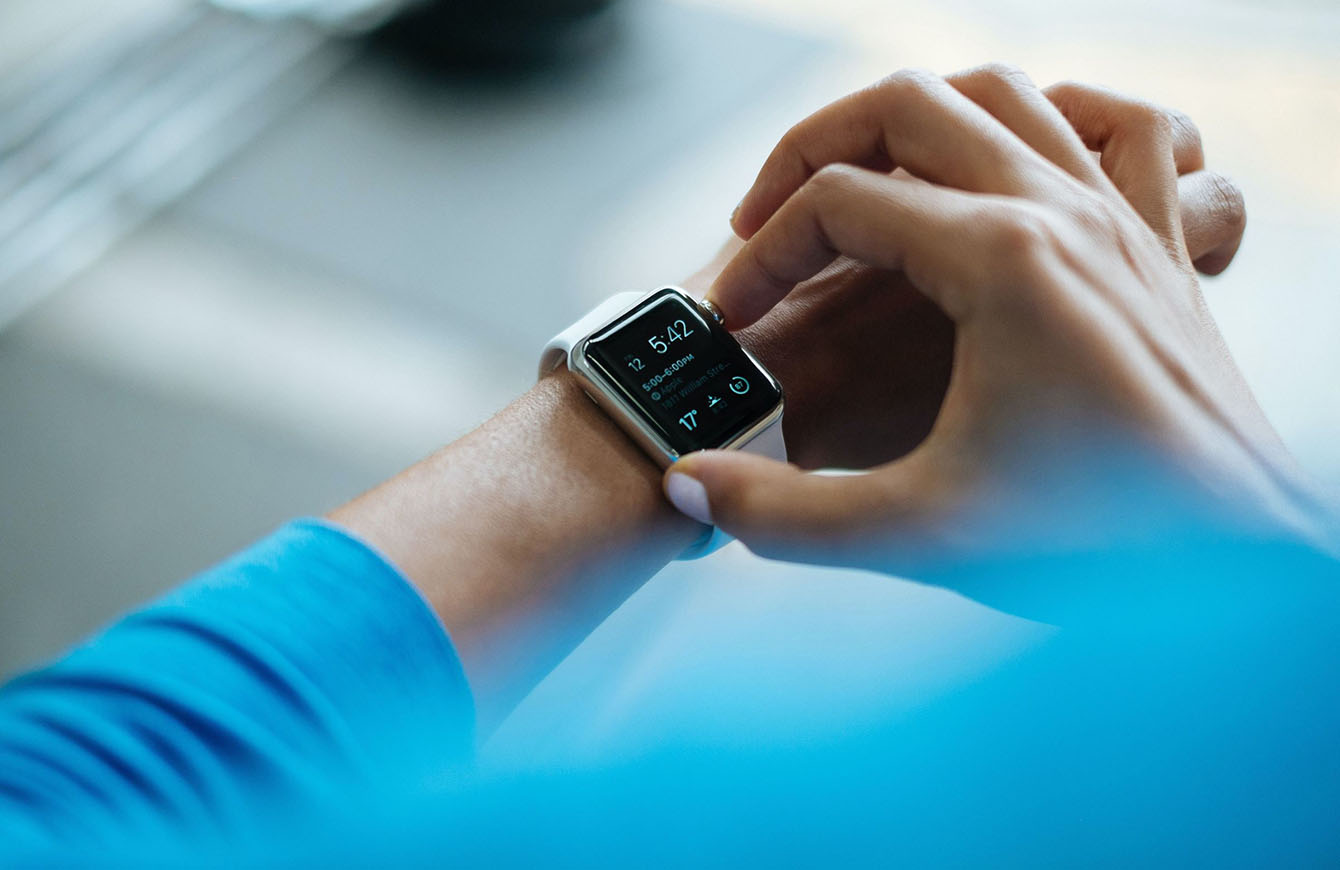
Illinois APEX Accelerator September 2024 Newsletter
Afua Aning, Owner
My Just Checking In, LLC
My Just Checking In is a physician-operated IT consulting firm with in-depth knowledge and expertise in Epic, Cerner, Meditech, and other electronic health record (EHR) systems.
Certified: SBA WOSB; Federal SDB; State of IL WBE;
STORY TITLE:
"Innovating Healthcare IT: The Visionary Approach of My Just Checking In"
Company Overview: Launched in 2018, My Just Checking In is a physician-operated IT consulting firm specializing in healthcare information technology. Their team of subject matter experts brings over 20 years of hands-on experience in healthcare IT, making them a trusted partner for both federal and private sector clients. MJCI expertise covers the full spectrum of electronic health record (EHR) systems, including Epic, Cerner, Meditech, and other leading platforms. They have spearheaded successful EHR implementations and consulting engagements at some of the most prestigious medical facilities in the United States, including Emory Healthcare, Tufts Medical Center, Yale University Medical Center, and Madigan Army Medical Center.
What Sets Them Apart:
- Industry-Leading Consultants:
Their team is comprised of the most talented and experienced consultants in the healthcare IT industry. They take pride in delivering exceptional results with a lean approach—requiring fewer personnel on-site, which translates to significant cost savings for our clients. This efficiency also enhances continuity and ensures that our projects consistently exceed expectations.
- Proven Experience:
With decades of experience, the consultants have developed a deep understanding of the healthcare ecosystem. They excel at working collaboratively across complex organizations, ensuring seamless integration and execution of IT projects. Their expertise enables them to navigate the unique challenges of both large-scale federal projects and intricate private-sector initiatives.
- Tailored Solutions:
MJCI recognize that every healthcare organization is unique, with its own set of challenges and objectives. Their approach is highly flexible, allowing them to customize their solutions to meet the specific needs of each client. Whether it’s optimizing existing systems or implementing new technologies, they deliver solutions that are aligned with the clients' goals.
- Performance-Driven Results:
Success is measured by the success of the clients. MJCI is committed to delivering performance-driven results that not only meet but surpass clients' goals. This is achieved through meticulous scoping, strategic planning, and a strong governance model that ensures projects are delivered on time, within budget, and with the highest quality.
- Peer-to-Peer Training:
MJCI offers unique peer-to-peer training programs led by clinicians who have advanced IT experience. This ensures that your staff receives training that is both relevant and practical, enhancing their ability to effectively use EHR systems and other healthcare technologies.
- Customer Service Excellence:
At My Just Checking In, customer service is not just a department—it’s a cornerstone of their business dedicated to providing a service-oriented experience that ensures their clients feel supported and valued at every stage of the project. Commitment to excellent customer service fosters long-term partnerships and sustained client satisfaction.
- Best Practices for Revenue Cycle Improvement:
My Just Checking In, employs industry best practices to help healthcare organizations improve their revenue cycle, increase cash flow, reduce operational costs, and resolve common challenges. This holistic approach ensures that financial performance is optimized without compromising patient care.
- Value-Driven Offerings:
We believe that high-quality services should be accessible to organizations of all sizes. Our value-driven offerings are designed to accommodate a range of budgets, ensuring that even smaller healthcare providers can benefit from our expertise without compromising on quality.
- Innovative Solutions for Healthcare Organizations:
Innovation is at the heart of what they do. They develop and implement cutting-edge solutions that drive efficiency and enhance patient care. Focus on innovation ensures that clients are always at the forefront of healthcare technology, with solutions that are both scalable and adaptable.
- EHR Optimization:
Our seasoned staff’s deep clinical knowledge enables us to optimize EHR systems holistically. They conduct thorough assessments to identify areas within your EHR that may not be performing optimally and provide actionable recommendations to enhance functionality, streamline workflows, and improve patient outcomes.
1. Reaching Out to the SBDC and APEX Accelerator
- Small Business Development Center (SBDC): The Healthcare IT group first connected with their local SBDC to receive guidance on forming the business. The SBDC provided essential resources, including business registration assistance, market research, and initial business planning.
- APEX Accelerator: Recognizing the importance of government contracting, the group also reached out to an APEX Accelerator. The Accelerator assisted with the certification process and assisted in navigating the complex world of government procurement, offering valuable insights on how to position themselves for success in this highly competitive market.
- With the guidance of both the SBDC and APEX Accelerator, the Healthcare IT group developed a comprehensive strategic plan. This plan outlined their mission, vision, and business goals, with a specific focus on the healthcare sector.
- The plan included market analysis, competitive positioning, and a roadmap for growth. Key components were:
- Target Market Identification: Identifying clinics, hospitals, and teaching universities as initial target clients.
- Service Offerings: Focusing on teaching these healthcare institutions how to maximize the use of Electronic Health Record (EHR) systems, particularly EPIC, a leading EHR platform.
To enhance their credibility and access to government contracts, the group pursued and secured Women-Owned Small Business (WOSB) certifications. This certification provided them with a competitive edge in the federal contracting arena, making them eligible for set-aside contracts specifically reserved for WOSBs.
4. Reaching Out to Clinics, Hospitals, and Teaching Universities
- Armed with their strategic plan and WOSB certifications, the Healthcare IT group began outreach to their target market:
- Educational Workshops and Seminars: They offered educational workshops and seminars to clinics, hospitals, and teaching universities, focusing on the optimization of EHR systems like EPIC.
- Tailored Solutions: The group developed tailored solutions for these institutions, helping them streamline operations, improve patient care, and enhance data management through effective use of EHR technology.
- The group's long-term objective was to secure contracts with veterans hospitals. Their strategic plan included steps to build relationships with these institutions, demonstrate their expertise, and position themselves as a preferred vendor.
- Targeted Outreach: They planned targeted outreach campaigns, leveraging their WOSB status and proven track record with other healthcare institutions to make inroads with veterans hospitals.
- Continuous Improvement: The group committed to continuous improvement and innovation in their offerings, ensuring they stayed at the forefront of EHR technology and could meet the evolving needs of veterans hospitals.
Conclusion: My Just Checking In is more than just an IT consulting firm—They are a trusted partner committed to the success of healthcare organizations. The physician-led team combines clinical expertise with technical prowess, delivering tailored, innovative, and high-impact solutions that drive results. Whether you're a small clinic or a large healthcare system, they have the experience, knowledge, and dedication to help you achieve your IT goals and improve patient care.
CLIENT QUOTE: "Working with Ileen Kelly from the College of DuPage APEX Accelerators Team was instrumental for me. Her guidance and support provided me with the confidence I needed to navigate the unfamiliar terrain of DBE certification. Initially, the sheer volume of paperwork for certification was overwhelming, but Ms. Kelly patiently walked me through each requirement, clarifying the necessary steps and assuring me that success was within reach. Her coaching not only facilitated my certification but also empowered me to confidently pursue additional certifications. I am truly grateful for Ms. Kelly's expertise and ongoing support as I continue to expand and develop my small business."





